Natural Dye Algorithms
Adire Cloth Algorithms
Many countries in West Africa have a cloth tradition in which patterns are created by dye resistance. In Nigeria this is called “adire” (Ah-DEER-eh) cloth. By sewing along the folds before dyeing, and then cutting the threads afterwards, Nigerian artisans create complex patterns from the places where the indigo dye did not penetrate.

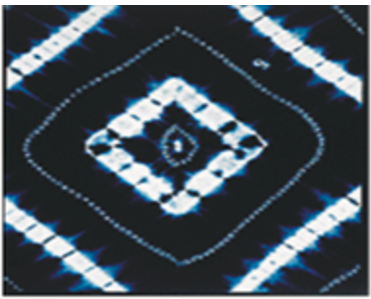

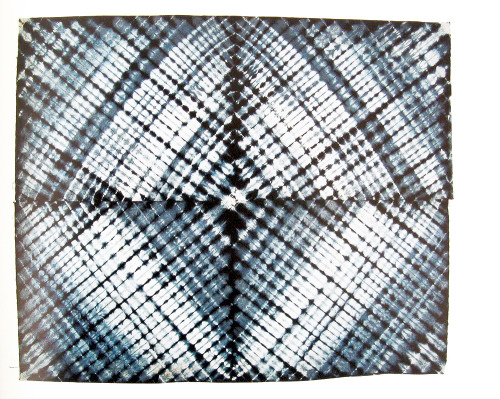
By simulating the patterns on a computer, we can find the “heritage algorithm” embedded in this tradition. We can then circulate that algorithm back to the creators so they can generate new value: using it in education, textile innovation, perhaps even architecture or other designs. One way to circulating value is with open source -- making your code available to all. We will use an open source community call “CSDTs” for “Culturally Situated Design Tools.” Click on "Software" on the left to open up the Adire simulation. Below is a description of the block functions in the simulation script. The easiest parameters to change are the bottom three:

Gara Cloth Algorithms
Many countries in West Africa have a cloth tradition in which patterns are created by dye resistance. In Sierra Leone this is called “gara” (GAR-ah) cloth. By painting starch, or placing pebbles on the cloth before dyeing, and then removing the cloth or pebbles afterwards, African artisans create complex patterns from the places where the indigo dye did not penetrate. Click on "Software" on the left, then the Gara simulation to create your own designs!

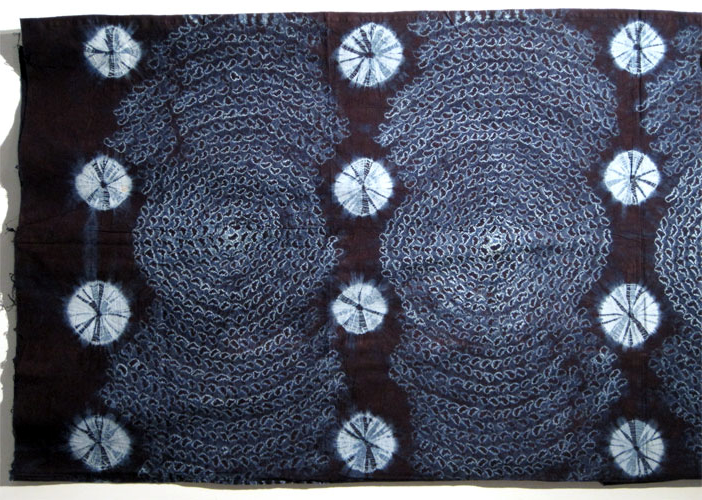

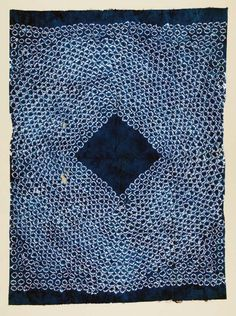
Adinkra Ink Production in Ghana
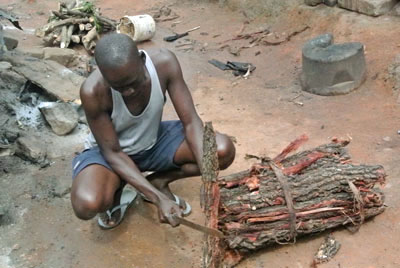
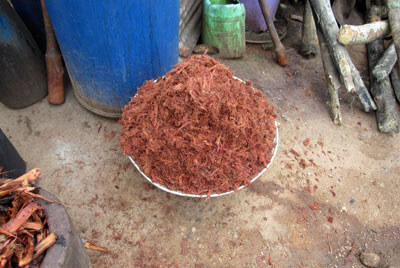
Adinkra are symbols from the West African nation of Ghana. Each symbol holds a meaning that represents important aspects of their knowledge system. Cloth stamped with Adinkra symbols can tell a story about which concepts are most important to you. It is worn during special occasions or ceremonies. The ink for Adinkra stamping is made from the bark of the Badie tree (Bridelia Ferrungia). First, the outside bark is cut away leaving a red fiber, using a long knife called a machete. Next, the red fiber is soaked in water over night to make it soft. The soaking makes the water lightly colored and is called 'adinkra aduru' (medicine), and can treat gastric illness.
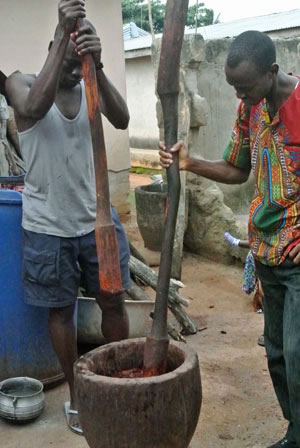
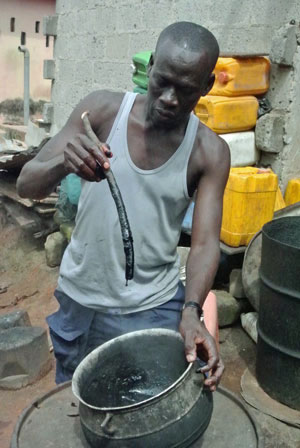
The red fiber is then pounded to make it softer and placed back in the water to be boiled for two days. After cooking for two days, the bark is strained out of the water, and can be used to grow mushrooms.
With the bark removed, the liquid is boiled a final time, reducing in volume. This final boiling produces a thick black ink for stamping.
There is less deforestation in areas where the Badie tree grows because the bark is harvested from the trees in ways that keep the tree alive, allowing for regrowth. A single tree yields medicine, income, and environmental protection!
If you would like to simulate an adinkra design, click on "Software" to the left and choose the "Akoma Simulation." Create your own adinkra! If you would like to learn more about adinkra, view our Adinkra module.